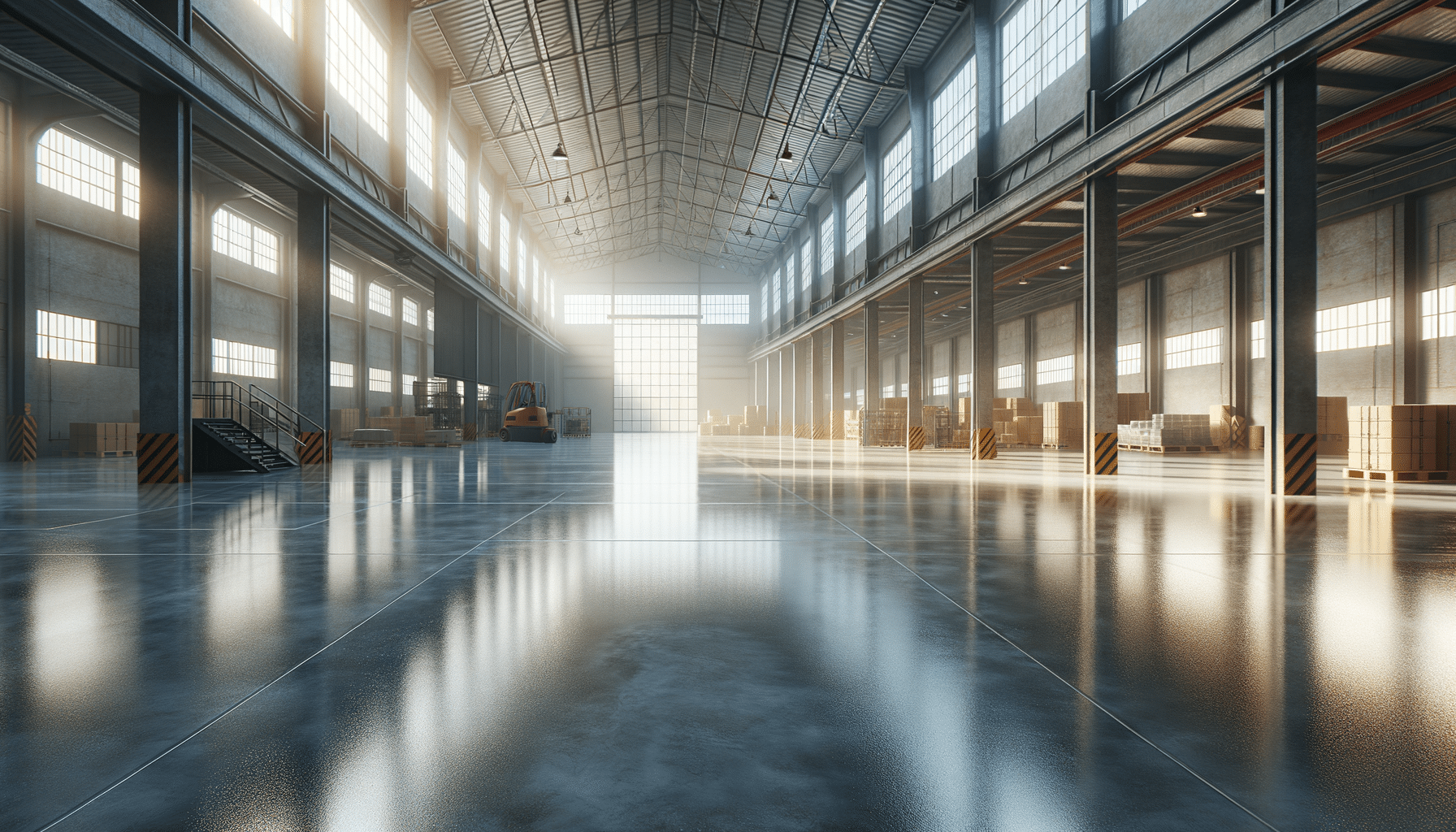
Exploring the World of Home Elevators: Convenience and Accessibility
Introduction to Home Elevators
Home elevators are becoming an increasingly popular addition to residential properties, offering a blend of convenience and accessibility. With modern architectural designs leaning towards multi-story homes, the need for efficient vertical transportation within the home is more pertinent than ever. Home elevators not only enhance the aesthetic appeal of a house but also significantly improve the quality of life for residents, particularly the elderly and those with mobility issues.
The installation of home elevators can transform residential spaces into more inclusive environments. They provide a practical solution for individuals who struggle with stairs, allowing them to move freely and safely between floors. Additionally, home elevators can add value to a property, making it more attractive to potential buyers who may be looking for homes that support aging in place.
Types of Home Elevators
There are several types of home elevators, each designed to meet specific needs and preferences. The most common types include:
- Hydraulic Elevators: These elevators use a hydraulic system to move the cab. They are known for their smooth and quiet operation, making them a popular choice for residential use.
- Traction Elevators: Operating with a counterweight and ropes, traction elevators are efficient and energy-saving. They are suitable for homes with limited space as they do not require a separate machine room.
- Pneumatic Elevators: Utilizing air pressure to move the cab, pneumatic elevators are compact and do not require a pit or machine room. They are ideal for homes where space is a constraint.
- Machine Room-Less (MRL) Elevators: MRL elevators are designed without a dedicated machine room, making them space-efficient. They are equipped with a compact motor and control system, often located within the elevator shaft.
Choosing the right type of elevator depends on various factors, including the available space, budget, and specific needs of the household.
Benefits of Installing a Home Elevator
Installing a home elevator offers numerous benefits that extend beyond mere convenience. Some of these advantages include:
- Enhanced Accessibility: Home elevators provide easy access to all levels of a house, making it simpler for individuals with mobility challenges to navigate their living space.
- Increased Property Value: A home equipped with an elevator is often more appealing to potential buyers, particularly those looking for long-term living solutions that accommodate aging in place.
- Improved Safety: For families with young children or elderly members, home elevators can reduce the risk of accidents associated with stair usage.
- Space Optimization: By eliminating the need for large staircases, elevators can free up valuable floor space, allowing for more flexible interior design options.
- Luxurious Appeal: Beyond functionality, home elevators add a touch of luxury and sophistication to any residence, enhancing its overall aesthetic.
These benefits make home elevators a worthwhile investment for many homeowners, offering both practical and aesthetic enhancements to their property.
Considerations for Home Elevator Installation
When considering the installation of a home elevator, several factors need to be taken into account to ensure a seamless integration into the home. These considerations include:
- Space Requirements: Assessing the available space is crucial, as different types of elevators have varying space needs. While some elevators require a dedicated machine room, others, like pneumatic elevators, are more compact.
- Budget: The cost of installing a home elevator can vary significantly based on the type, features, and customization options. It’s important to set a realistic budget that aligns with the desired specifications.
- Building Structure: The structural integrity of the home must be evaluated to determine if it can support the installation. This may involve reinforcing floors or modifying existing structures.
- Local Regulations: Compliance with local building codes and regulations is essential. Homeowners should consult with professionals to ensure all legal requirements are met.
- Maintenance and Servicing: Regular maintenance is necessary to ensure the safe and efficient operation of the elevator. It’s important to consider the availability of service providers and the cost of ongoing maintenance.
By addressing these considerations, homeowners can make informed decisions and ensure a successful elevator installation that meets their needs and expectations.
Future Trends in Home Elevators
The future of home elevators is promising, with technological advancements driving innovations that enhance functionality and user experience. Some emerging trends in the industry include:
- Smart Technology Integration: Modern elevators are incorporating smart technology, allowing users to control and monitor the elevator via smartphones or home automation systems.
- Eco-Friendly Designs: As sustainability becomes a priority, manufacturers are developing energy-efficient elevators that reduce environmental impact through the use of renewable energy sources and eco-friendly materials.
- Customization and Personalization: The demand for personalized solutions is growing, with homeowners seeking elevators that reflect their unique style and preferences. This trend is leading to more customizable design options.
- Improved Safety Features: Advances in safety technology are enhancing the reliability of home elevators, with features such as emergency communication systems, automatic braking, and advanced sensors becoming standard.
- Compact and Versatile Designs: The development of more compact and versatile elevator models is making it feasible for a wider range of homes to accommodate elevators, even those with limited space.
These trends indicate a shift towards more accessible, efficient, and user-friendly home elevators, paving the way for a future where residential vertical transportation is both commonplace and innovative.


